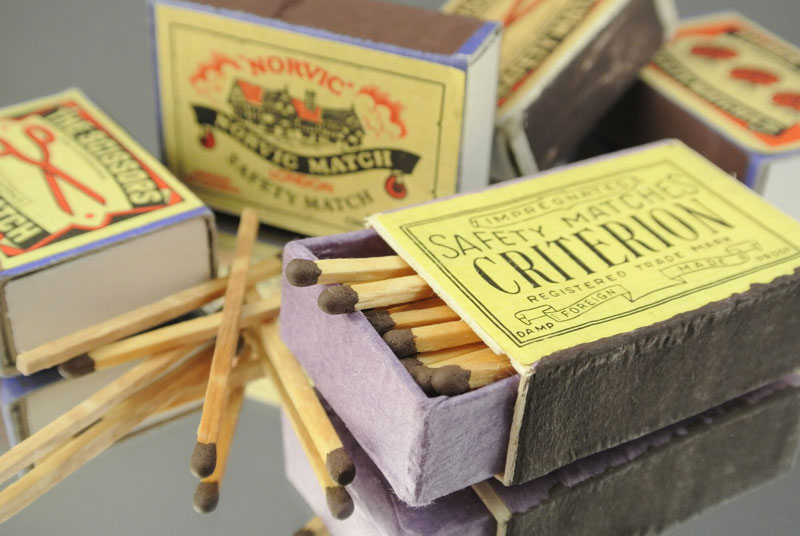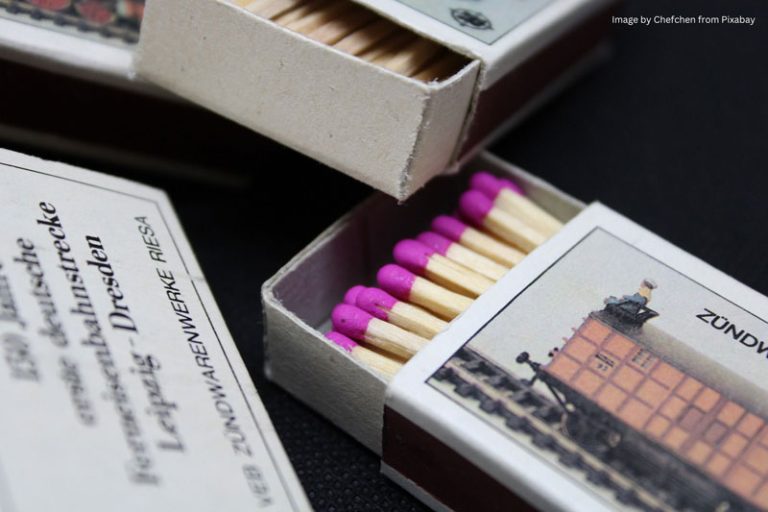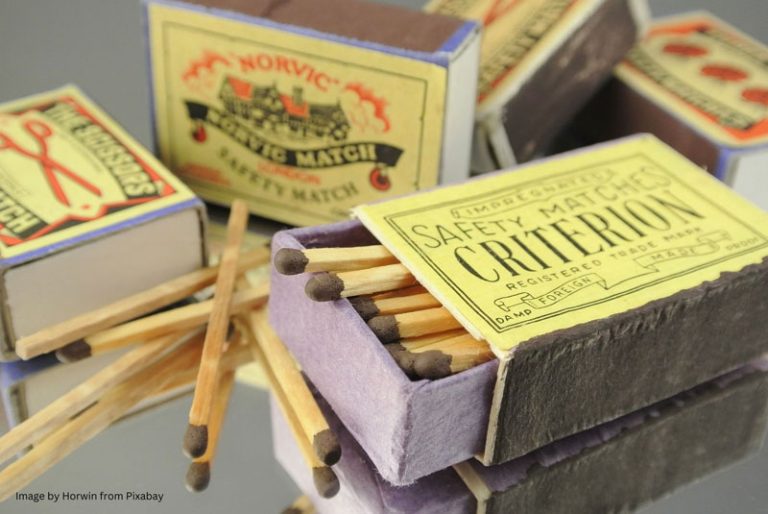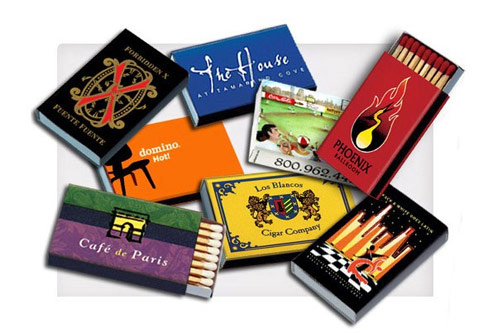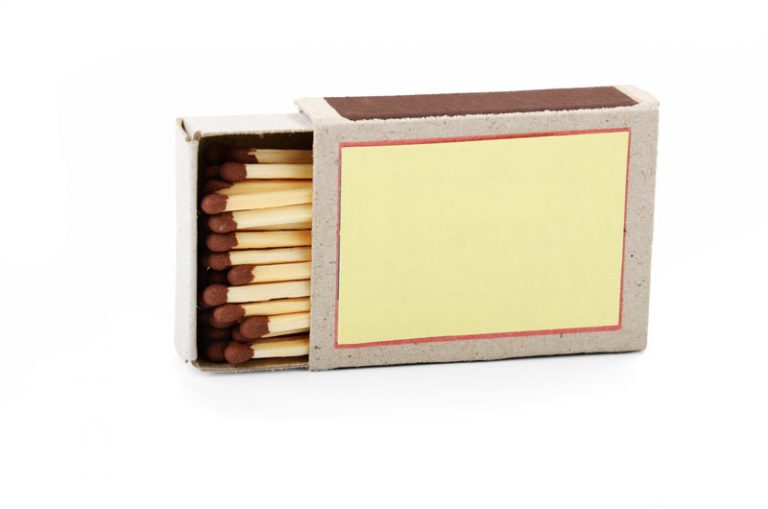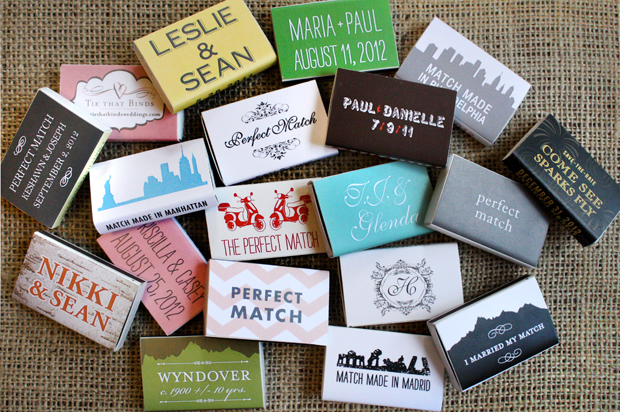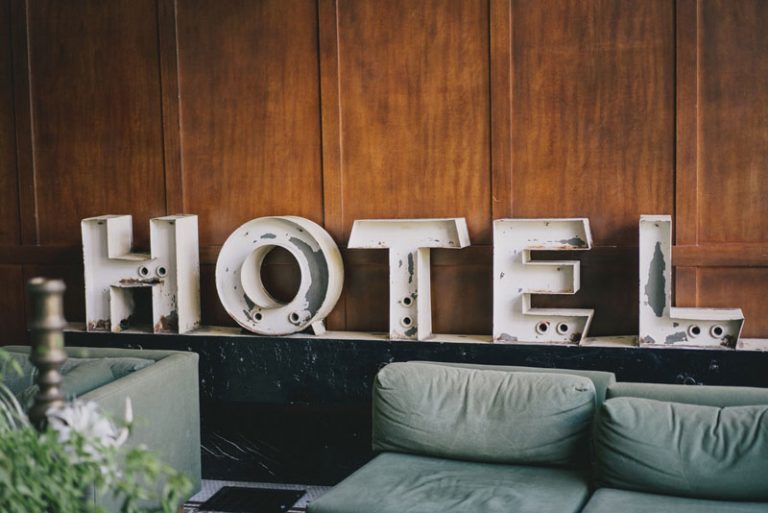What Is Considered a Worthy Collector Matchbook?
If you are a budding phillumenist, then you probably know a bit about the history of matchbooks.
In 1829, Joshua Pusey invented the matchbook. His version, however, has a striking surface inside the book. Of course, this means if you light one match, the rest will all ignite.
When the Diamond Match Company acquired Pusey’s patent, they moved the striking surface to the packaging’s exterior. The rest, as they say, is history.
Now, if you are starting to build your collection, you might wonder, “How do I distinguish collectible box matches from those that are not?” Here, we will talk a bit about vintage matchbooks and some collecting tips for beginners.
Should You Only Collect Rare or Vintage Matchbooks?
The most expensive matchbook is the Charles Lindbergh one, valued at $6,000. That does not mean, though, that you should only set your sights on the rarest or most vintage finds.
The wonderful thing about phillumeny is you get to decide what type of collector you want to be. That means it is up to you to qualify if a matchbook or box match is worth collecting.
For example, some phillumenists do not look at the box match value. Instead, they collect labels with artwork that fascinate them. Other collectors focus on specific eras, while others chase after every type of book and box.
If you choose to be a vintage matchbook collector, it helps to know your matchbook history, starting with the first promotional matchbooks. Here is a fun fact. In 1894, Henry Traute ordered 10 million matchbooks with Pabst beer on the covers.
From Your First Collectible Box Matches to Preserving Your Stash
As you get into phillumeny, you will realize early on the importance of well-preserved box matches. Take note that if you see covers that are flat and barely have creases, these could be samples for salespeople and are not considered collectibles.
Of course, you also do not want boxes that have visible signs of damage, such as mold and taped covers. That is why if you plan to swap your older finds, you need to know how to preserve them. An excellent way to master storage is to practice with newer box matches since you will use a couple of tools like a flat knife and steam iron.
Other things you need include clamps and anything that can help press the boxes flat (e.g., two pieces of wood). Once they are flat, store them in an album, tray, or another container, away from sunlight and moisture.
Ready to Build Your Box Match Collection?
Collectible box matches do not have to be rare or vintage. You can even collect new matchbooks if you want. The important thing is to discover what collecting style best suits you.
As a beginner phillumenist, it also helps if you brush up on your matchbook history. For more information on box match collecting, you can check out our other posts.
We also have other articles about boxed and book matches if you are interested in learning about their promotional benefits for businesses. If you have questions, do not hesitate to contact us at 303-732-6999 or send an email to wagnermatchcorp@gmail.com.
Wagner Match has specialized in providing impeccable service to the hospitality, entertainment, and service industries since 1981.

